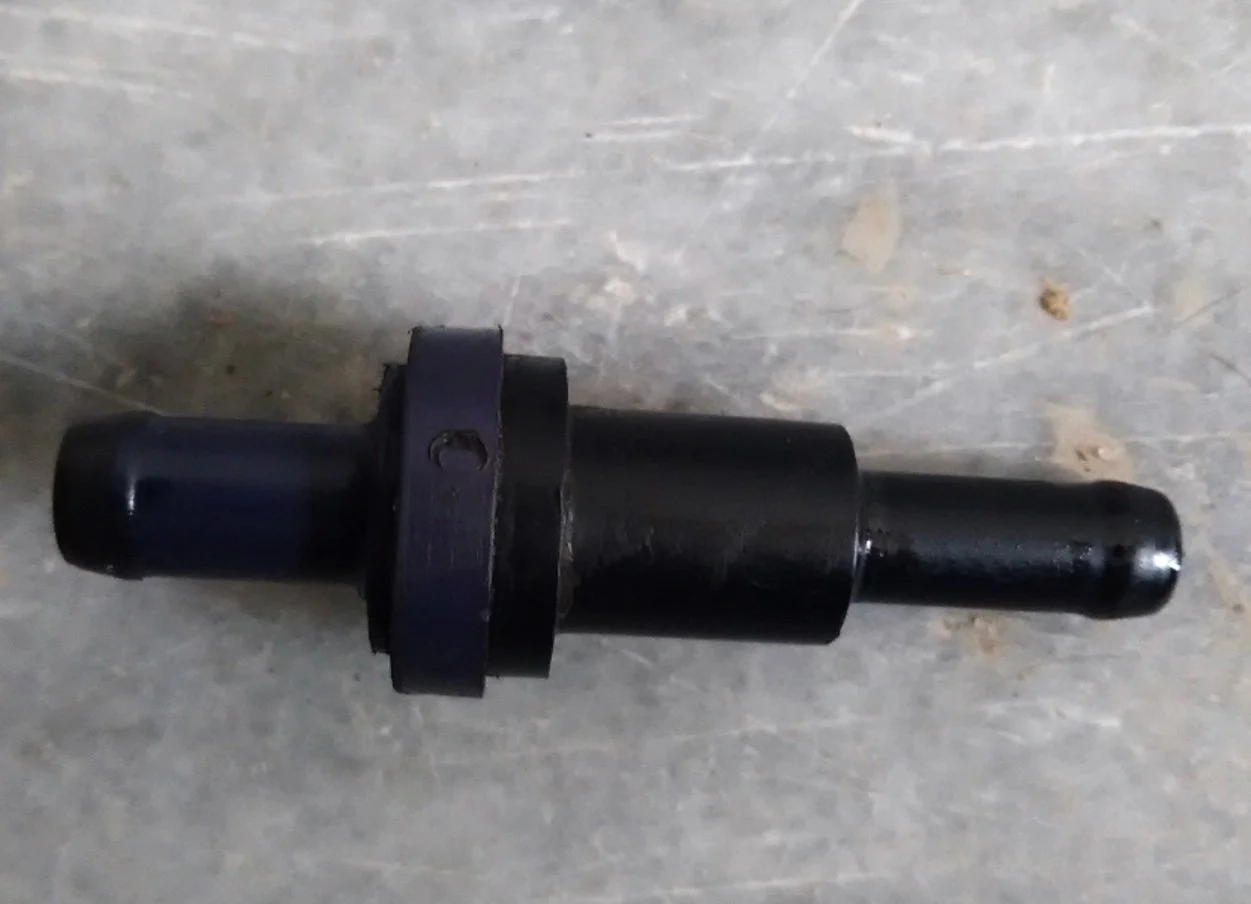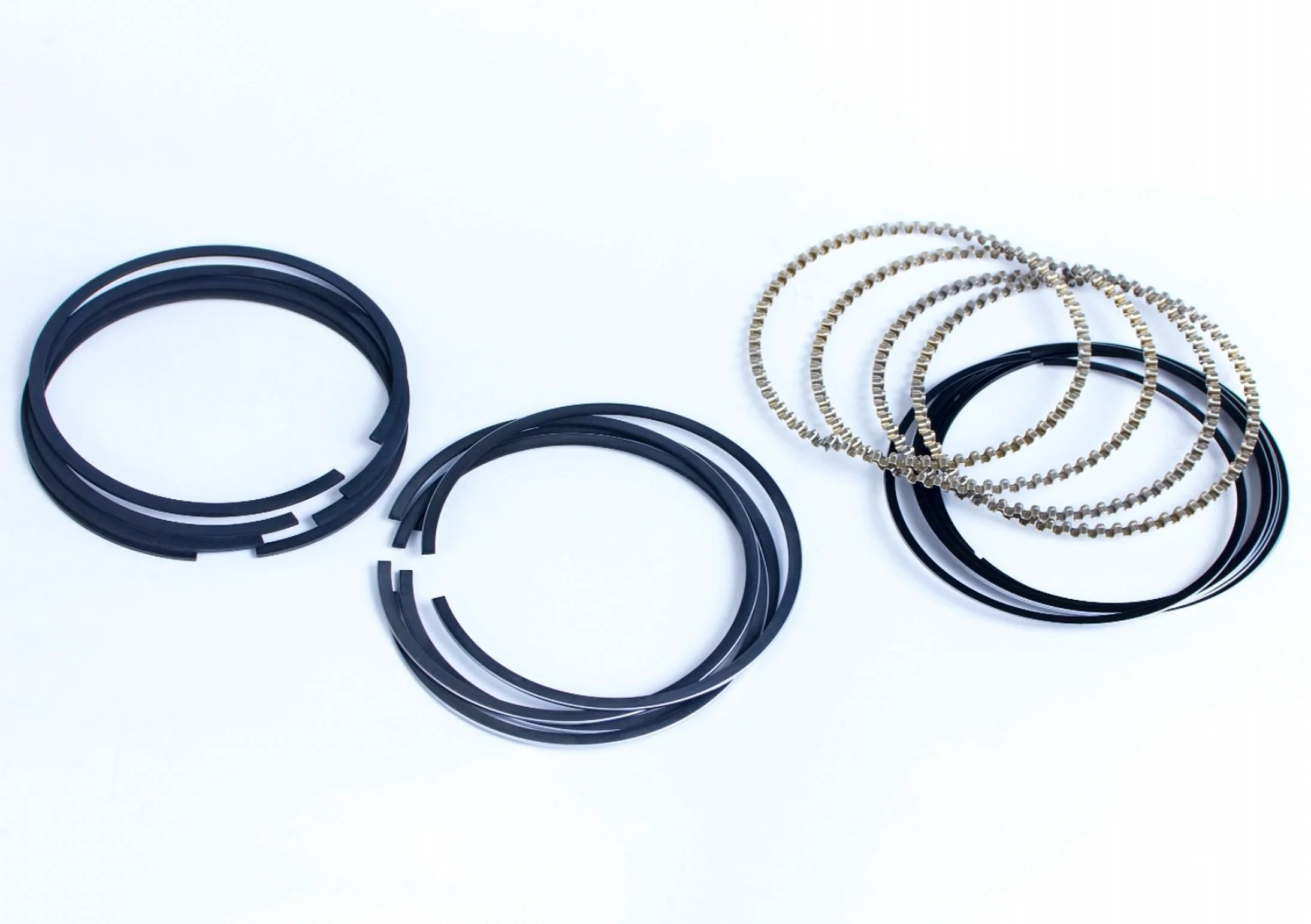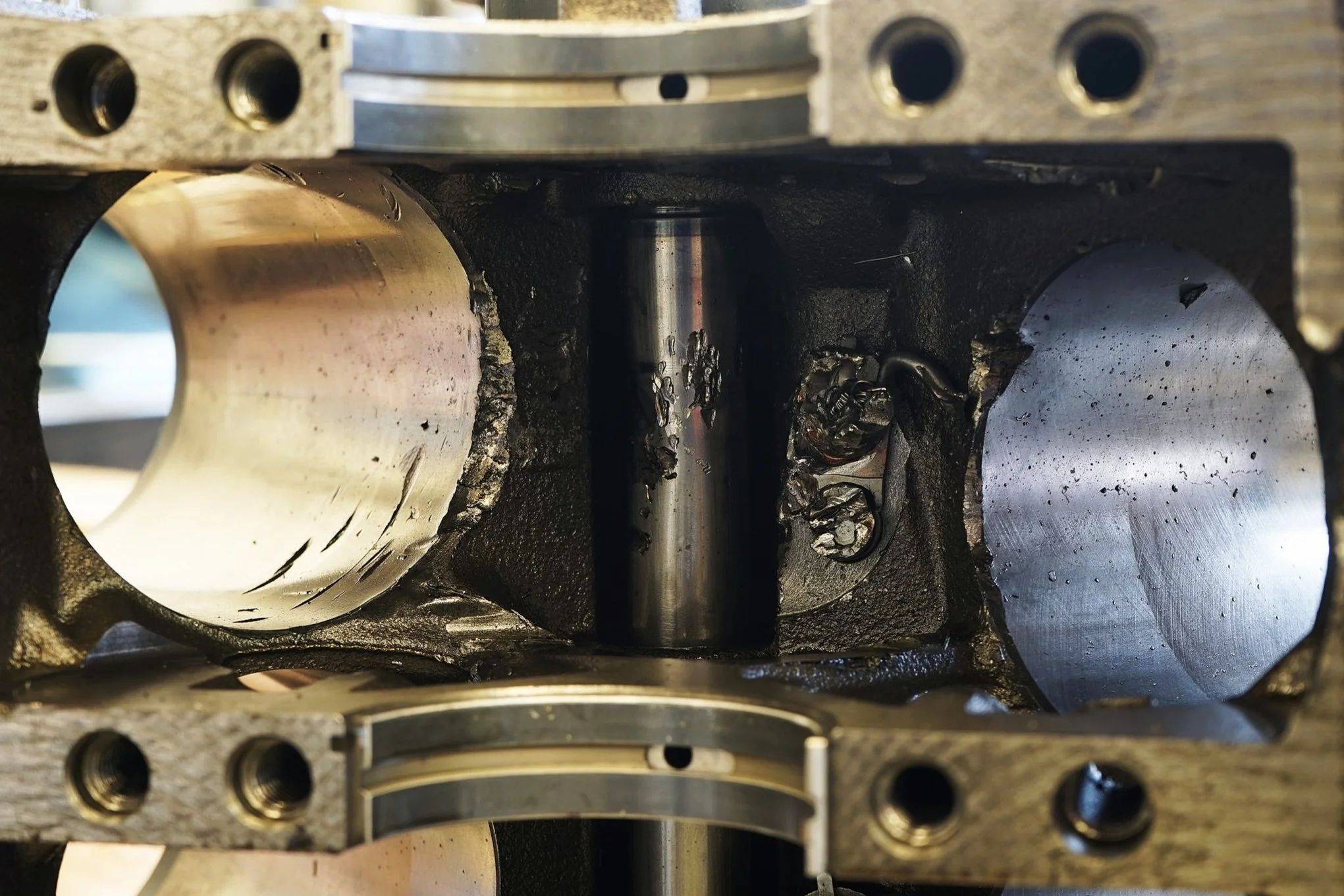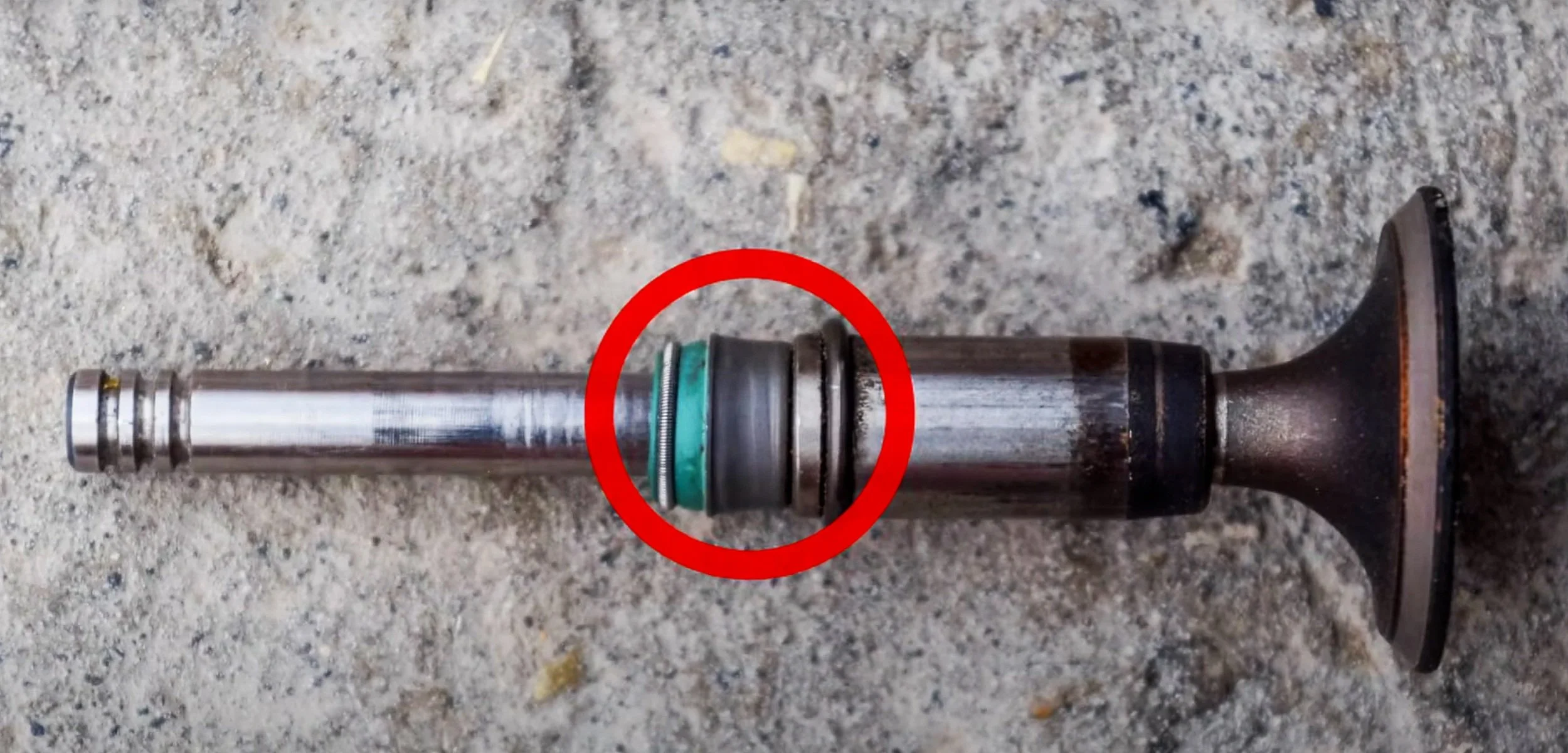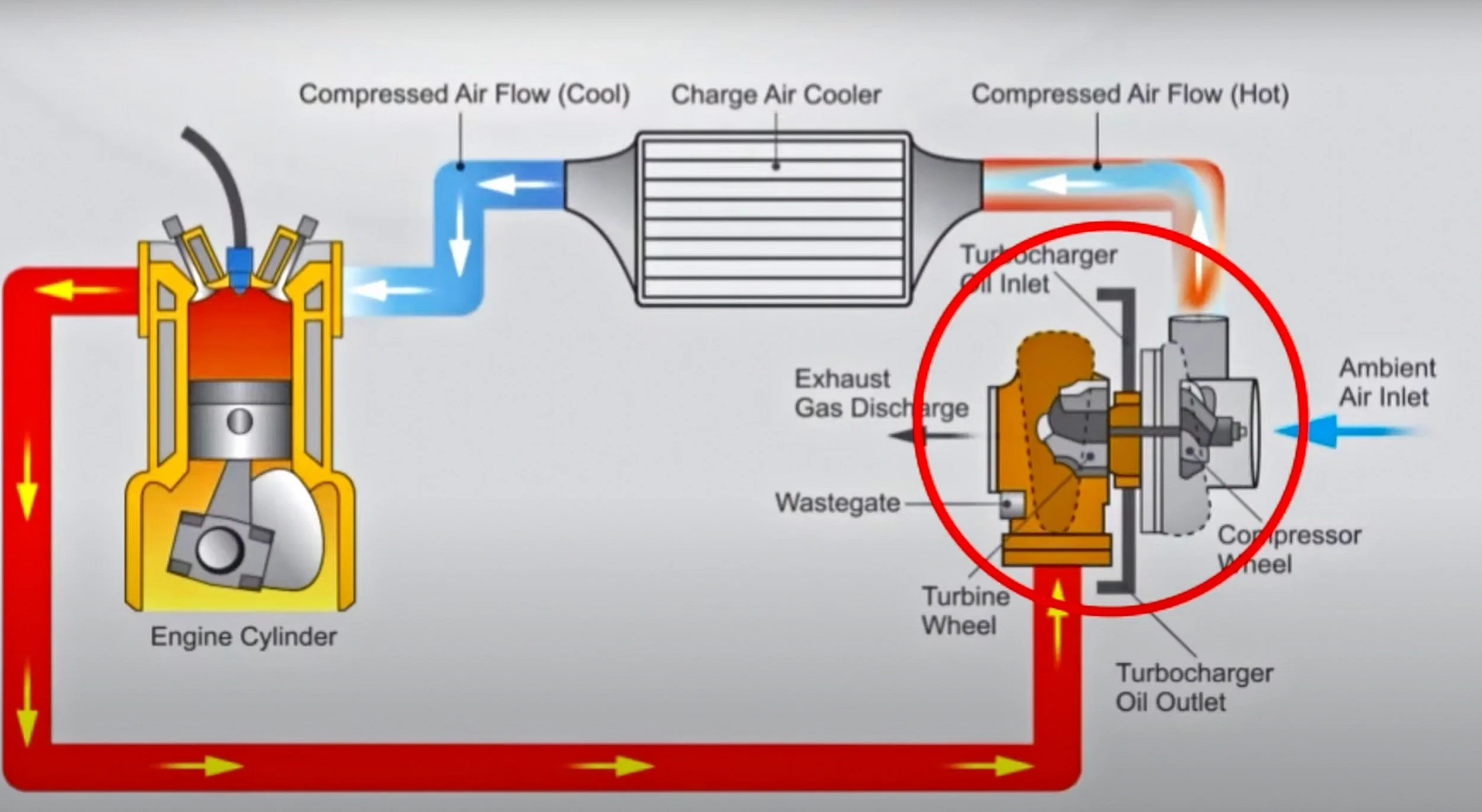CAR BURNING OIL? TOP 5 COMMON CAUSES OF AN INTERNAL OIL LEAK
Are you experiencing increased oil consumption? Or maybe you see light blue smoke coming out of the exhaust while driving? Seems like your car could have an internal oil leak. Some other symptoms to look out for are unpleasant smells and oil traces in the tailpipe. Burning oil can also foul the spark plugs, resulting in misfires, rough idling, and poor engine performance.
Causes
PCV VALVE
Let’s start with the first least expensive and most overlooked cause, the PCV valve. The whole purpose of the PCV valve is to recirculate harmful gases from the crankcase into the intake manifold. These gases mix with the air-fuel mixture and get burned off in the combustion chamber. If the PCV valve gets stuck open, vapors and excess oil will be drawn from the crankcase and enter the combustion chamber. This will result in the oil being burned off along with the fuel during combustion. The PCV valve should be replaced every 50,000 miles, but this can vary from car to car.
PISTON RINGS
The second cause is bad piston rings. When the piston rings wear out, it creates a bigger gap between the cylinder wall and the rings. This allows for more oil to pass through and enter the combustion chamber. In addition, if the oil is not changed regularly, it can cause the piston rings to stick, leading to increased clearance in the cylinder. This too results in the engine oil escaping from the crankcase and into the combustion chamber. This can be prevented by regularly changing the oil.
cylinder walls
The third cause is damaged/worn cylinder walls. This can happen due to poor oil lubrication or contaminants in the engine oil, such as dirt or debris. In worse situations, it can happen due to an overheating engine. When the cylinder walls get damaged, it creates an increased clearance between the walls and the piston rings. This clearance allows oil to pass through the gap and enter the combustion chamber during engine operation. Once inside the combustion chamber, the oil mixes with the air-fuel mixture and gets burned off.
valve stem seals
The next cause of burning oil is faulty valve stem seals. The purpose of the valve seals is to prevent oil from flowing past the valves and into the combustion chamber. Gradually, they can begin to deteriorate, causing oil leakage into the combustion chamber.
turbocharger
The last cause of burning oil is only applied to vehicles with turbochargers. Inside the turbo, there are seals that help prevent oil leakage. If they get worn out, the oil will escape through them. Resulting in the oil going into the intake system and entering the combustion chamber.
If you are a DIY enthusiast, I recommend getting a repair manual from here. You can use code “AD10VA” for 15% off one-year subscriptions for any US Order.
Check out my YouTube video!
Disclaimer: Some links in this article may be affiliate links.


